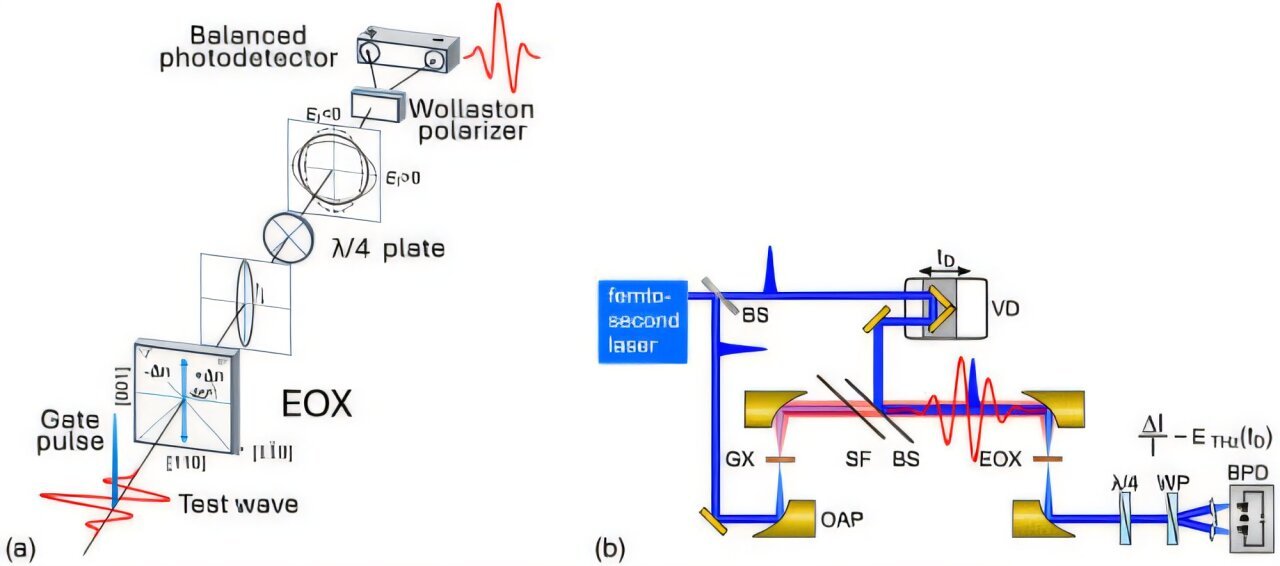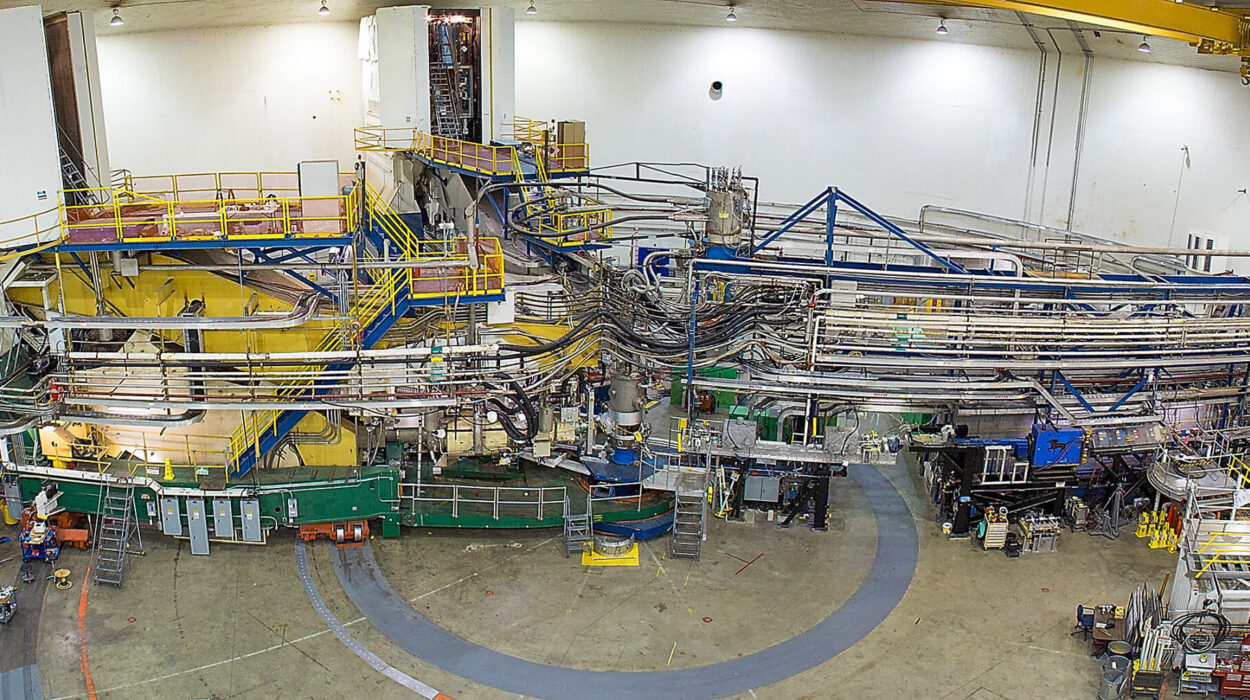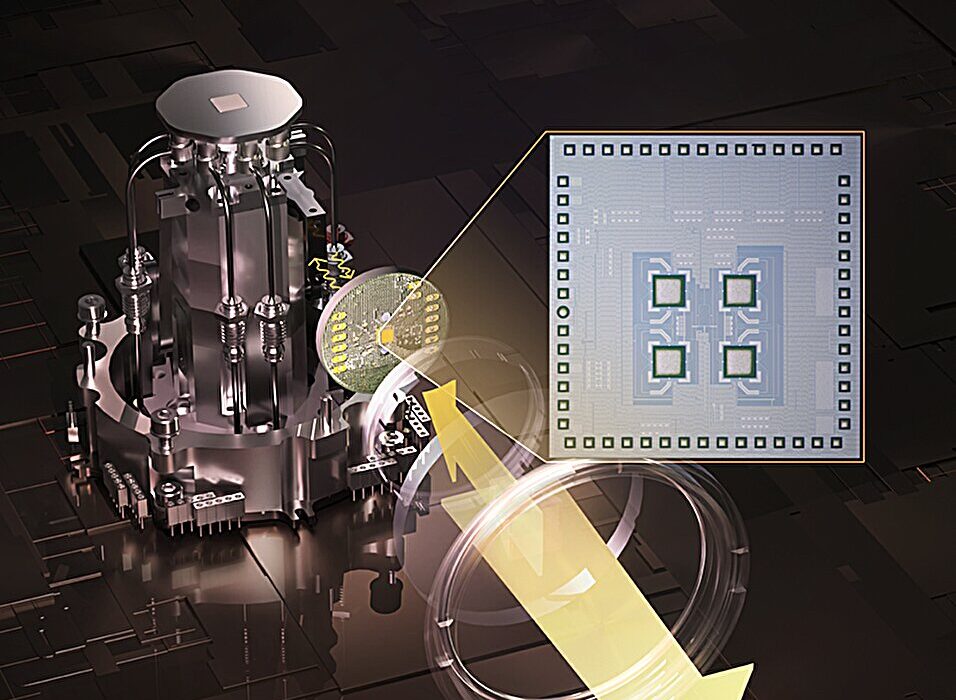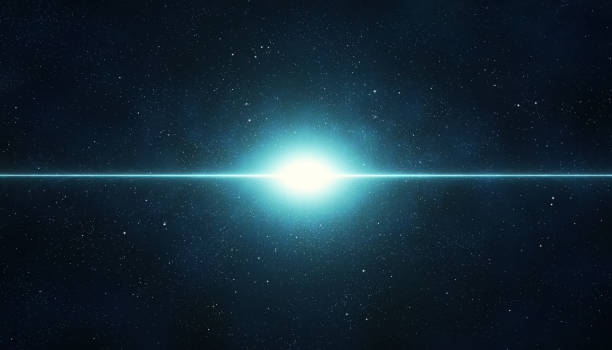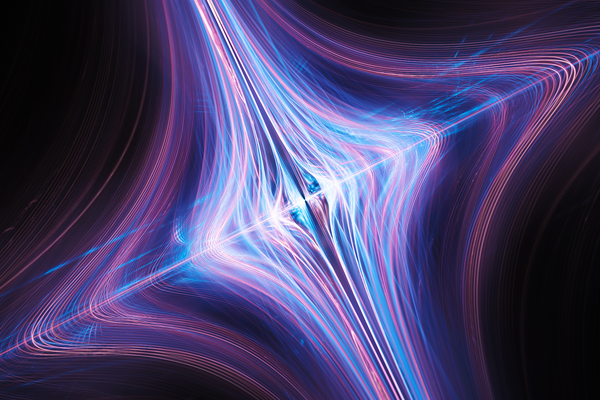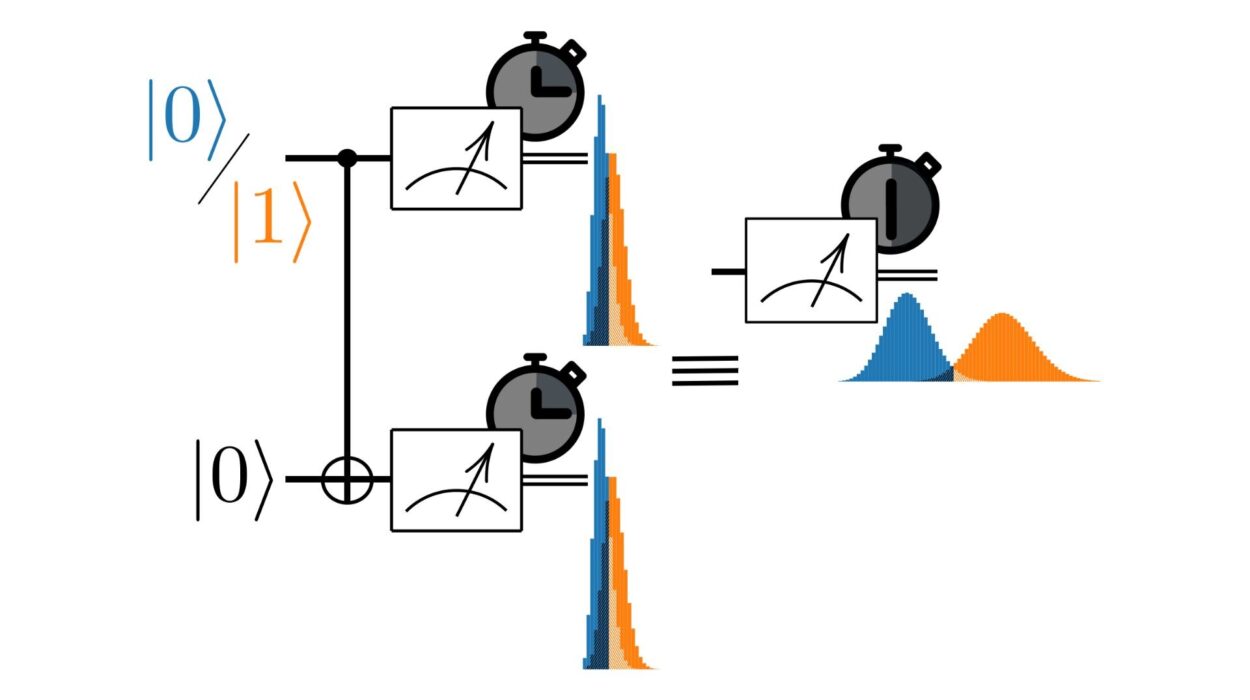In the ever-evolving landscape of modern science, few figures have illuminated new frontiers as brilliantly as Konstantin Vodopyanov. A leading physicist and a professor at both the College of Sciences and CREOL, the College of Optics and Photonics at the University of Central Florida (UCF), Vodopyanov stands at the intersection of theory, technology, and imagination.
Through his work, Vodopyanov has become a symbol of what happens when disciplines converge and boundaries dissolve. His latest study, co-authored and published in the prestigious journal Optica, dives into a technique that is quietly revolutionizing several branches of science: electro-optic sampling (EOS). This powerful method doesn’t just refine how we look at light and molecules—it redefines the very act of seeing in scientific terms.
A Glimpse Into the Invisible
Imagine being able to track the fleeting whispers of a molecule’s vibration or the subtlest blip of a quantum fluctuation. That’s the promise of electro-optic sampling. In simple terms, EOS allows researchers to record ultrashort pulses of light—some so fast they exist for just a few quadrillionths of a second—and translate these moments into meaningful measurements.
At the heart of this process are nonlinear crystals that respond to electric fields. When ultrashort laser pulses pass through these crystals, they interact with electric fields in such a way that scientists can record both the timing and shape of the fields with incredible accuracy. This capacity unlocks windows into phenomena that were previously too fast, too faint, or too complex to observe.
“This technique allows researchers to see molecules clearer than ever before,” says Vodopyanov, who holds the title of 21st Century Scholar Endowed Chair at UCF. “By using an optical pulse shorter than half a light wave’s cycle to probe it, the amplitude and phase of the wave can be fully characterized.”
Beyond Sensitivity: Catching Ghosts of the Quantum World
Electro-optic sampling is not just another analytical tool—it’s a scientific telescope for peering into the fabric of reality. One of EOS’s most astonishing feats is its ability to detect vacuum fluctuations, the ghostly jitter of energy that exists even in the emptiness of space. Known as zero-point motion, this quantum phenomenon had long hovered in the realm of theory. EOS is now helping bring it into the realm of measurable science.
Thanks to its unprecedented sensitivity, EOS stands out from other optical techniques. It can detect signals that are not only weak but fundamentally subtle—such as those produced by quantum states of light. This makes it indispensable in experimental quantum physics, where verifying the existence of states like squeezed vacuum fields requires extreme precision.
“EOS is becoming a lens into the quantum vacuum itself,” Vodopyanov explains. “It allows us to observe and understand fluctuations that once existed only in mathematical abstractions.”
Pushing the Boundaries of the Electromagnetic Spectrum
While the current reach of EOS is already impressive, Vodopyanov and his collaborators are looking far beyond today’s capabilities. One of the most exciting avenues for future research involves extending EOS into the deep and extreme ultraviolet (DUV and EUV) ranges. These are regions of the spectrum that hold immense potential for studying high-energy processes in atoms and molecules.
If successful, these advancements could provide scientists with tools to explore electron dynamics, chemical reactions, and relativistic effects at the smallest scales and fastest times possible. EOS would become not just a method of measurement, but a bridge into entirely new regimes of physics.
“Looking ahead,” says Vodopyanov, “we’re aiming to enable quantum field tomography in space-time and detect squeezed vacuum states in the UV range.”
Such capabilities would mark a profound leap in science—comparable to giving physicists new senses to feel the fabric of the universe itself.
The Future on a Chip: Miniaturizing Breakthroughs
As revolutionary as EOS is, Vodopyanov knows that its potential multiplies when it becomes more accessible. That’s why part of his lab’s focus is on building on-chip terahertz detectors—miniaturized versions of EOS systems that can be integrated into practical technologies.
These chips could one day live inside medical diagnostic tools, security scanners, or even portable quantum sensors. Their small size and high sensitivity make them ideal for applications where space, power, and cost are at a premium.
“Innovations such as on-chip terahertz-wave detectors and investigations into quantum statistics promise to expand the capabilities of EOS,” Vodopyanov notes. “It’s not just about pushing science forward—it’s about putting it to work.”
Transforming Healthcare with Light
One of the most intriguing and socially impactful applications of Vodopyanov’s research lies in biomedical sensing. EOS, when combined with frequency comb spectroscopy, can be used to analyze human breath in real-time—a promising non-invasive method for detecting diseases.
This system can identify volatile biomarkers, the unique molecular signatures that our bodies emit through the breath. These biomarkers can indicate the presence of conditions such as diabetes, asthma, cancer, and infection—often before symptoms arise. The technique could enable earlier, more accurate diagnoses and dramatically change the way healthcare is delivered.
“It’s not science fiction,” Vodopyanov asserts. “With continued development, this kind of technology can become part of everyday medicine—giving doctors a powerful, fast, and reliable tool to monitor health through light.”
Building a Culture of Interdisciplinary Discovery
What sets Vodopyanov’s approach apart is his insistence on cross-disciplinary thinking. At UCF, he navigates between physics, photonics, quantum mechanics, and biomedical engineering—fields that traditionally exist in separate silos.
But in his world, boundaries are suggestions, not barriers.
“I strongly believe that the best ideas come when disciplines meet,” he says. “There is magic in the overlap—new insights, fresh approaches, and unexpected breakthroughs.”
His laboratory at CREOL, the Mid-Infrared Frequency Combs Lab, is a crucible of such ideas. Here, researchers work on everything from fundamental quantum optics to applied sensing technologies. The lab is a hub of international collaboration, attracting students, scientists, and innovators who share Vodopyanov’s passion for light and its infinite possibilities.
UCF as a Beacon of Innovation
Vodopyanov’s achievements are not just personal triumphs—they are also a testament to the growing reputation of UCF as a research powerhouse. His role as both scholar and mentor reinforces the university’s commitment to fostering innovation, driving forward-looking science, and preparing the next generation of thought leaders.
By bridging academia and application, theory and technology, Vodopyanov exemplifies the spirit of discovery that UCF champions.
His work has implications not only for scientists but also for industries as diverse as telecommunications, defense, aerospace, environmental science, and healthcare. The research born in the laboratories of CREOL may well be the foundation for tomorrow’s quantum computers, diagnostic tools, or even technologies we’ve yet to imagine.
Seeing Beyond Light: A Vision for the Future
Konstantin Vodopyanov’s journey through the world of optics and quantum science is far from over. Each new insight, each novel experiment, pushes the frontier further. But even as he uncovers new truths about how light moves, interacts, and reveals the hidden architecture of the universe, he remains deeply grounded.
His work is a masterclass in how curiosity, precision, and imagination can transform reality. Through EOS and its far-reaching implications, Vodopyanov is not only deciphering the invisible but also crafting tools that will help society see more clearly—scientifically, medically, and metaphorically.
“In the end,” he reflects, “light is more than a physical phenomenon. It’s a medium for discovery—a language through which the universe speaks. We’re just learning how to listen.”
And thanks to his pioneering work, the world is hearing more than ever before.
Reference: Ileana-Cristina Benea-Chelmus et al, Electro-optic sampling of classical and quantum light, Optica (2025). DOI: 10.1364/OPTICA.544333
